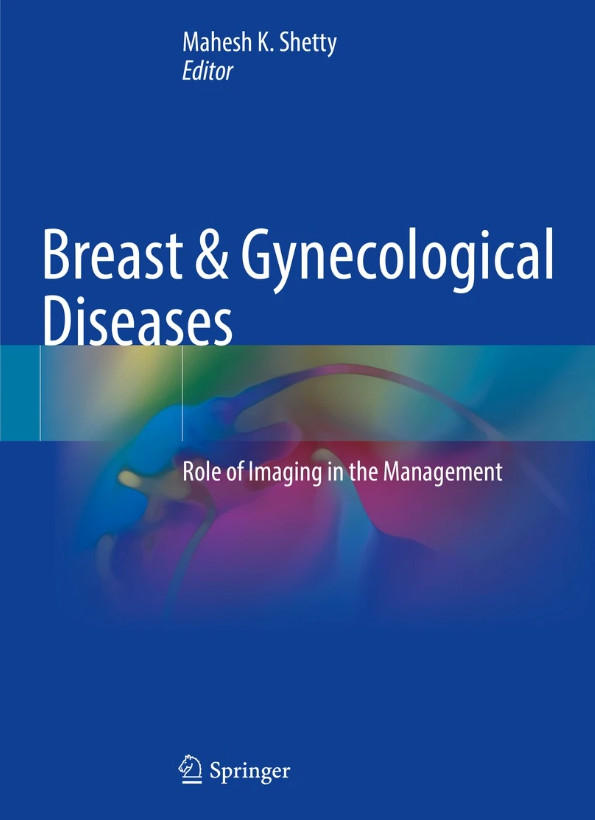<목차>
1 Imaging the Symptomatic Breast in the Pediatric, Young, Pregnant, Lactating, and Transgender Patient
2 Imaging of the Symptomatic Breast
3 Imaging of the Symptomatic Male Breast
4 Management of a Woman at Elevated Risk for Breast Cancer
5 The Multidisciplinary Approach to Breast Cancer Management
6 Screening for Breast Cancer
7 Emerging Technologies in Breast Cancer Screening and Diagnosis
8 Pelvic Pain: Role of Imaging in the Diagnosis and Management
9 Imaging of Abnormal Uterine Bleeding and Menstrual Disorders
10 Non-obstetric Complications in Pregnancy: Role of Imaging
11 Pelvic Mass: Role of Imaging in the Diagnosis and Management
12 Postmenopausal Bleeding: Role of Imaging in the Diagnosis and Management
13 Pelvic Floor Dysfunction: Role of Imaging in Diagnosis and Management
14 Role of Imaging in the Management of Female Infertility
15 Urinary Tract Infections: Role of Imaging in the Management
16 Health Economics in Women’s Imaging
Index
<내용>
This book is primarily a symptom-based guide to Breast and Gynecologic Imaging. Most clinical publications
focus on a specific pathology such as "Imaging and/or management of ovarian cancer," but in clinical
practice, patients do not present with a diagnosis. Physicians are presented with clinical symptoms, and
appropriate use of imaging after a clinical assessment is critical from the point of view of effective
intervention to treat a patient. CMS now mandates a clinical decision support system to justify imaging.
This is based on making use of appropriate modalities for specific clinical problems that are deemed so by
professional society guidelines. In an era of emphasis on cost effective, high quality health care
delivery, it is critical for clinicians in training and practice to have a resource that outlines
scientifically sound and professional society endorsed criteria for appropriate work up of patients’
symptoms.
This book applies this symptom-based approach to women’s health. Authors are focused on providing a
scientifically proven resource to gynecologists, obstetricians, radiologists and internists involved in the
management of common symptoms affecting women. Each chapter is based on a common breast or gynecological
problem and how patients are triaged for imaging. The implications of the findings and the most appropriate
management of the patient are also presented. The text focuses on providing the most effective methods
currently available to investigate commonly encountered symptoms in women’s health. In addition, there are
chapters that outline rationale of screening for breast cancer in women with an average risk and those with
an elevated risk for breast cancer as well as a clinician guide to understanding multidisciplinary approach
to the Breast cancer patient.
This is an ideal guide for gynecologists, obstetricians, radiologists, and internists working in women’s
health.


